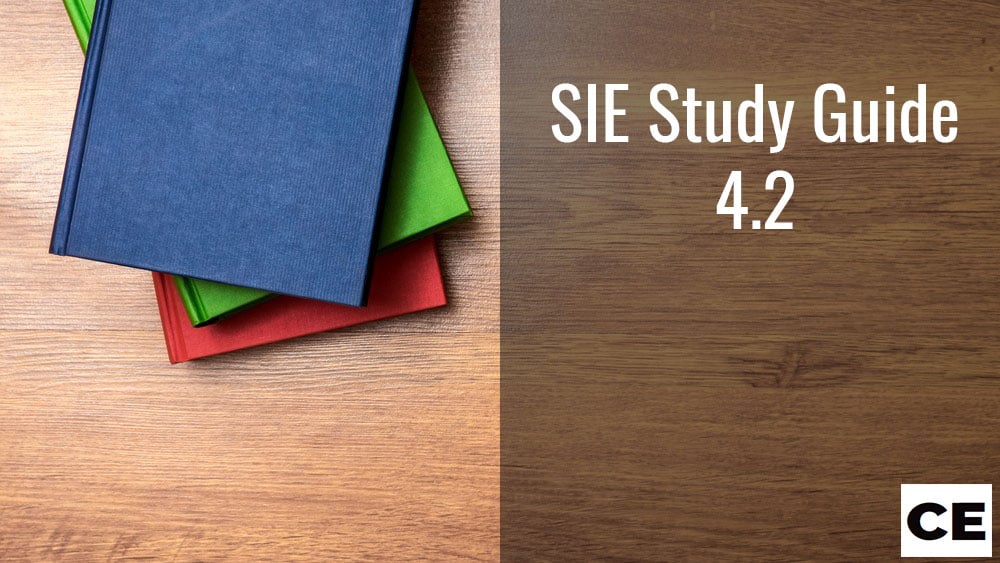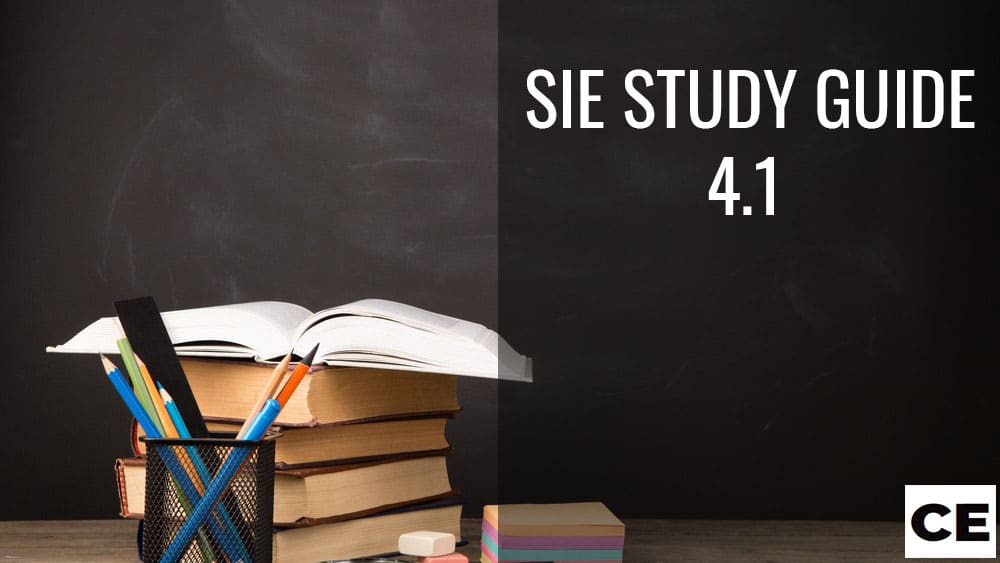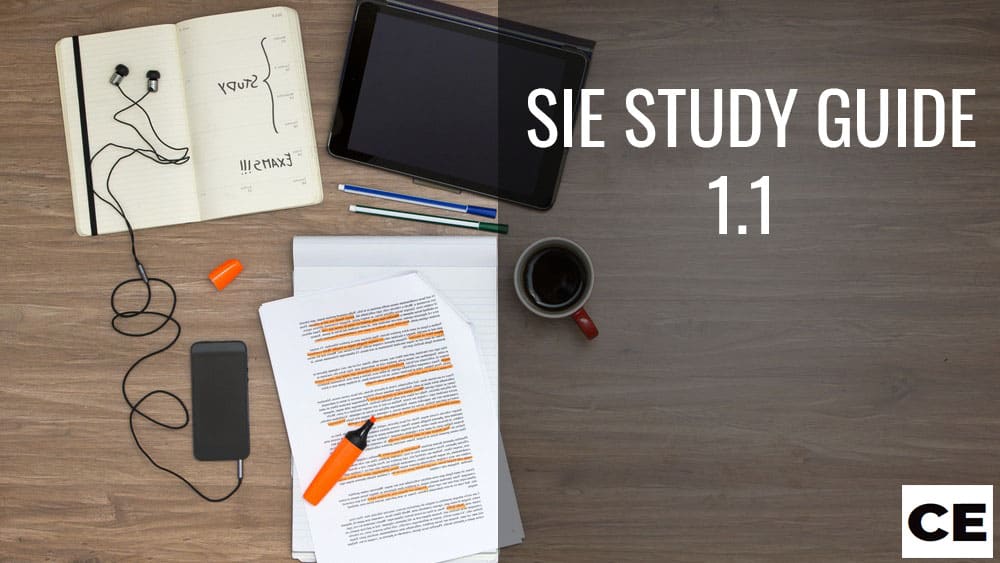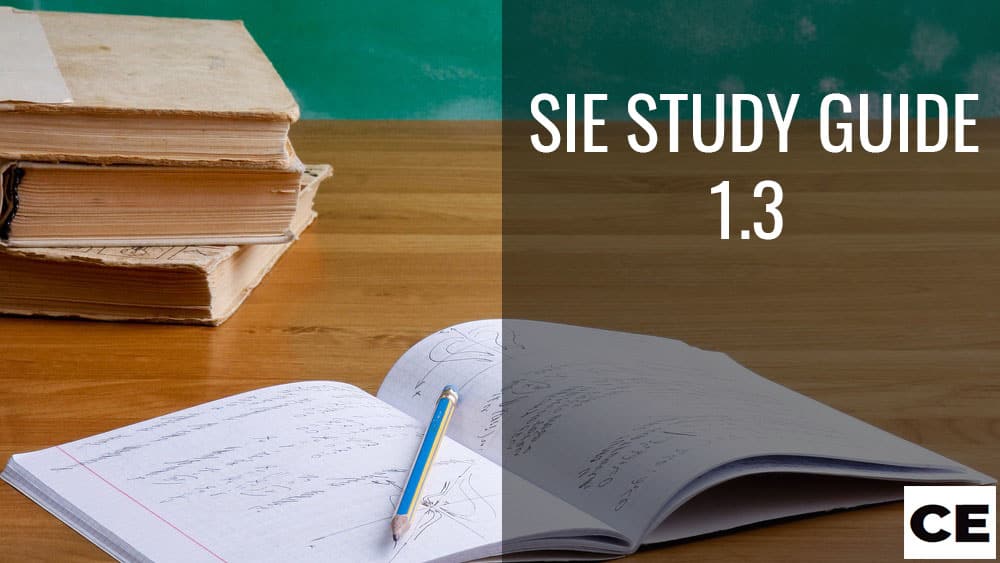SIE Study Guide Navigation
- SIE Study Guide Home
- 1.1 Regulatory organizations, establishments and participants in the capital market
- 1.2 Structure of capital markets
- 1.3 Understanding economic factors
- 1.4 Types of security offerings
- 2.1 Securities products in capital markets
- 2.2 Various types of investment risk
- 3.1 Settlement, trading, and corporate actions
- 3.2 Compliance considerations and customer accounts
- 3.3 Prohibited activities
- 4.1 Associated persons SRO regulatory requirements
- 4.2 Reportable events and employee conduct
We briefly looked at the types of security offerings found in primary markets already, but because they are so critical, let’s get a little more in-depth with them.
Before we do that, it’s important to relook at the various roles played by the participants in the market when it comes to these security offerings.
To do that, recap Section “1.1.4 Participants in capital markets and the roles they play”.
Now onto the types of securities found in a capital market.
And there are two main types:
- Equity
- Debt
But within both of those categories, there are other designations too.
Public offerings
These are securities bought by investors who are part of the general public.
In other words, if you have the money to buy the number of shares you want in a company, you, and anybody else for that matter can.
Earlier, we saw that the offer of shares to the public by a company is known as an IPO or an initial public offering.
This isn’t something a company can just proceed with, however.
They will first need to approach the SEC and put in a registration statement before putting shares up for sale.
Let’s recap on what an additional public offering (APO) is.
Should a company have any further shares for purchase following their IPO sales, these are known as an APO.
Sometimes, it might be called a follow-on offering, so bear that in mind.
Both IPOs and APOs form part of a more general category of shares known as primary distributions.
This describes shares issued by an organization when direct proceeds are exchanged.
Note that public offerings can be intrastate or interstate.
With intrastate offerings, the shares are only on sale to residents of a particular state.
While this doesn’t require registration from the SEC, it will require from the state.
This is also known as a single-state offering.
An interstate offering can be sold in as many states as the organization wants when they make its shares public.
Private offerings
As the name suggests, the general investing public does not have the opportunity to buy up shares that are offered as private offerings (sometimes called private placements).
Here, the buyers are a group that’s defined by both wealth and sophistication regulations.
As you know, for the most part, securities law says that an offer or sale of securities must be registered with the SEC.
There are some exemptions, however.
These rules for exemptions from SEC registrations can be found under SEC Regulation D, commonly known as a Reg D.
This allows certain companies who meet these regulations to sell securities without the need to register the sale with the SEC.
For example, smaller companies that couldn’t afford SEC registration costs see a Reg D provide them with the ability to sell shares on the capital market.
Secondary market offerings
Private offerings can also include secondary market offerings.
This sees the holder of the shares selling them off and not the company that issued them first up.
In this transaction, no new shares are made, they are just passing ownership.
Should the amount of share sold in this way be able to influence the price of the original issuing company, the sale must be registered with the SEC.
Restricted and control securities
What are restricted securities?
They are one of the following:
- Those bought in private
- When an issuer makes unregistered sales
- When an affiliate of an issuer makes unregistered sales
There are strict rules in place when it comes to the sale of these restricted securities as issued by the SEC.
Very specific conditions under Rule 144 must be met so shareholders are excused from registering the sale through the SEC.
One of these conditions is that the securities must have been held for anything from six months to a year.
This is known as the holding period.
Buy-back programs
Stock repurchase or buy-backs sees a company buy their shares back from other investors using company funding.
This offers companies the chance to re-invest in themselves.
When shares are purchased in this manner, they are known as treasury stock and could be resold again to the investing public in the future.
They could also be used in bond conversions.
There are a few points to consider when this buy-back happens:
- Outstanding shares on the market diminish and that means each investor’s ownership percentage of shares increases.
- There is no regulation that says shareholders must take part
- There is little chance of fraud thanks to SEC Rule 10B-18. This doesn’t allow repurchases in the last half an hour of a trading day. Prices per share may not go higher than the highest independent price bid made during that day’s trading. Only a single broker can be used to repurchase buy-back stock and it cannot exceed a quarter of the stock’s average daily volume.
Distribution methods for public securities
There are numerous methods used when it comes to the distribution of securities
We’ve covered all of them already but let’s recap on three distribution methods that cover public security offerings specifically.
Firm commitment distribution
One of the popular options, here the underwriter such as an investment bank, for example, opts to buy all the securities themselves.
In turn, they will make them available for resale to public investors at a higher price than they were bought for.
While they will take the proceeds made by selling these securities at a higher price, there is a risk too as if there are unsold shares, they are paid for by the investment bank.
Best effort distribution
In this method, an investment bank will do its utmost to first market and then sell the securities of the issuer they are working with.
They are not responsible for those that are unsold, however.
These are returned to the issuer.
Participants’ roles based on the type of securities offered
There are numerous participants involved in securities offerings.
These depend on the type of offerings.
Let’s look at those involved when it comes to IPOs and municipal bond offerings.
Initial Public Offering (IPO)
While we’ve covered what an IPO is, let’s see who is likely to offer them.
Most of the time, IPOs are handled by more than one-broker dealer.
When more than one is involved in selling securities, this is commonly called an underwriting syndicate.
There will be a lead underwriter, however.
All other underwriters involved then become syndicate members.
This allows the risk of the deal to be spread over several underwriters instead of just one taking it on.
Selling groups can also be formed to help with distribution efforts.
They don’t take on any risk, however.
Municipal Bond Offerings
These are made available under either a competitive or negotiated sale.
With a competitive sale, a notice of sale is released to the public by the issuer.
This will not only contain the terms of the sale but the bond issue as well.
Underwriters can then place bids on these bonds and whoever offers the lowest interest rate by a specified time and date, wins.
Negotiated sales
Here, underwriters are selected by the issuer and the parties negotiate directly from there.
Other investors can help underwriters finalize the prices of the bond by submitting indications of interest (IOIs)
This too will help sell the bonds.
Understanding shelf registration
Shelf registration is an option open to issuers who want don’t want to sell their securities all at once but rather over an extended period.
Securities then can be sold from the time they are issued right up until the end of the extended period.
To do this, a shelf registration statement must be made with the SEC.
This can cover both future primary and secondary offerings.
Types of offering documents and their delivery requirements
Certain documents are required when making securities available.
These are for investors and also must be filed with the SEC during the registration process (unless the offering is exempt).
Prospectus
Public services offerings, including mutual funds, stocks, and bonds will need a prospectus document.
This provides information not only about the investment but the company issuing it as well.
This includes:
- The number of securities for sale
- The issuing company
- Who the underwriters are
- Investment risk
At first, a preliminary prospectus must be filed with the SEC and be made available to investors.
A final prospectus also needs to be handed in at the end of the process which includes the offering price.
Private placement memorandum (PPM)
This is a document for private placement securities and it’s made available to potential investors.
While exempt from SEC registration, it must adhere to federal securities law.
The information contained in a PPM includes:
- Issuer information
- Terms of the offering
- Objective of the sale
- Risk involved
Official statement
An official statement is a document that needs to be filed on behalf of the state or local government for any municipal bond offerings.
Information found in an official statement includes:
- The interest rate and timing of interest
- Tax implications
- Principal payments
Program disclosure document
Here you will find 529 plan information including the various expenses and fees one can expect.
Requirements for regulatory filing and exemptions
The registration of securities helps investors make informed decisions.
It does this by providing detailed information about:
- The types of securities available
- The management practices of the company selling them
- Other critical matters
Note, however, some offerings don’t require registration with the SEC and are called exempt securities.
Exempt securities include:
- Offerings of limited size
- Limited private offerings
- Offerings from one state only
- Municipal securities
- Federal securities
- State securities
Of course, they still need to adhere to federal securities laws, particularly when meeting antifraud provisions.
States require issuers and securities are registered as well unless there is an exemption.
These requirements can be found in the security laws of each state, often called Blue Sky Laws.









